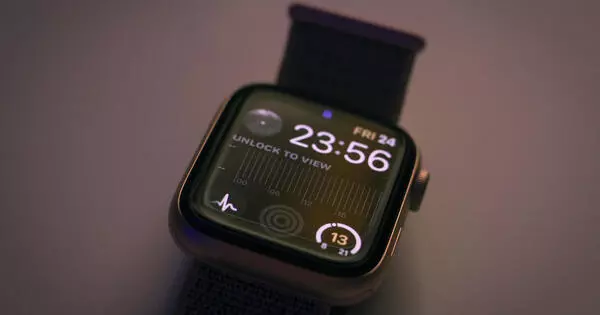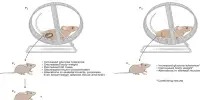There is mounting evidence that smartwatches and other wearable devices can aid in the prediction of heart failure risk. Many of these devices use sensors to continuously monitor a person’s heart rate, blood pressure, and other vital signs.
According to one study published in the journal Circulation, the heart rate sensor of a smartwatch could accurately detect the onset of heart failure in people who had previously been diagnosed with the condition. The smartwatch was able to detect changes in heart rate that indicated the onset of heart failure up to a week before the person experienced symptoms, according to the researchers.
A study examined data from 83,000 people who had a 15-second electrocardiogram (ECG) similar to those performed with smartwatches and phone devices. The researchers discovered ECG recordings with extra heartbeats, which are usually harmless but can be associated with conditions such as heart failure and arrhythmia (irregular heartbeats). They discovered that people who had an extra beat in this short recording (one in every 25) were twice as likely to develop heart failure or an irregular heart rhythm (atrial fibrillation) over the next ten years.
A new study led by UCL researchers suggests that wearable devices such as smartwatches could be used to detect a higher risk of developing heart failure and irregular heart rhythms later in life. The peer-reviewed study, published in The European Heart Journal – Digital Health, examined data from 83,000 people who had a 15-second electrocardiogram (ECG) similar to those performed with smartwatches and phone devices.
Being able to identify people at risk of heart failure and arrhythmia at an early stage would mean we could assess higher-risk cases more effectively and help to prevent cases by starting treatment early and providing lifestyle advice about the importance of regular, moderate exercise and diet.
Professor Pier D. Lambiase
The researchers discovered ECG recordings with extra heartbeats, which are usually harmless but can be associated with conditions such as heart failure and arrhythmia (irregular heartbeats).
They discovered that people who had an extra beat in this short recording (one in every 25) were twice as likely to develop heart failure or an irregular heart rhythm (atrial fibrillation) over the next ten years. The ECG recordings studied belonged to people between the ages of 50 and 70 who had no known cardiovascular disease at the time.
Heart failure occurs when the heart pump becomes weakened. It is rarely treatable. Atrial fibrillation occurs when abnormal electrical impulses begin firing in the top chambers of the heart (atria), resulting in an irregular and often abnormally fast heart rate. It can be fatal, causing dizziness, shortness of breath, and tiredness, and is linked to a fivefold increase in stroke risk.
Lead author Dr. Michele Orini (UCL Institute of Cardiovascular Science) said: “Our study suggests that ECGs from consumer-grade wearable devices may help with detecting and preventing future heart disease.
“The next step is to investigate how screening people using wearables might best work in practice.”

“Such screening could potentially be combined with the use of artificial intelligence and other computer tools to quickly identify the ECGs indicating higher risk, as we did in our study, leading to a more accurate assessment of risk in the population and helping to reduce the burden of these diseases.”
Senior author Professor Pier D. Lambiase (UCL Institute of Cardiovascular Science and Barts Heart Centre, Barts NHS Health Trust) said: “Being able to identify people at risk of heart failure and arrhythmia at an early stage would mean we could assess higher-risk cases more effectively and help to prevent cases by starting treatment early and providing lifestyle advice about the importance of regular, moderate exercise and diet.”
Sensors attached to the skin detect the electrical signals produced by the heart each time it beats in an ECG. In clinical settings, at least ten sensors are placed around the body, and the recordings are reviewed by a specialist doctor to see if there are any indications of a potential problem. Consumer-grade wearable devices use two sensors (single-lead) embedded in a single device, making them less cumbersome but potentially less accurate.
The research team used machine learning and an automated computer tool to identify recordings with extra beats for the new paper. These extra heartbeats were classified as premature ventricular contractions (PVCs) from the lower chambers or premature atrial contractions (PACs) from the upper chambers. Two experts reviewed the recordings identified as having extra beats, as well as some recordings that were not judged to have extra beats, to ensure the classification was correct.
The researchers first examined data from 54,016 UK Biobank project participants, with a median age of 58, whose health was tracked for an average of 11.5 years after their ECG was recorded. They then examined a second group of 29,324 people, with a median age of 64, who were followed for 3.5 years.
After controlling for potentially confounding factors like age and medication use, the researchers discovered that an extra heartbeat from the lower chambers was associated with a twofold increase in later heart failure, whereas an extra heartbeat from the top chambers (atria) was associated with a twofold increase in cases of atrial fibrillation.















